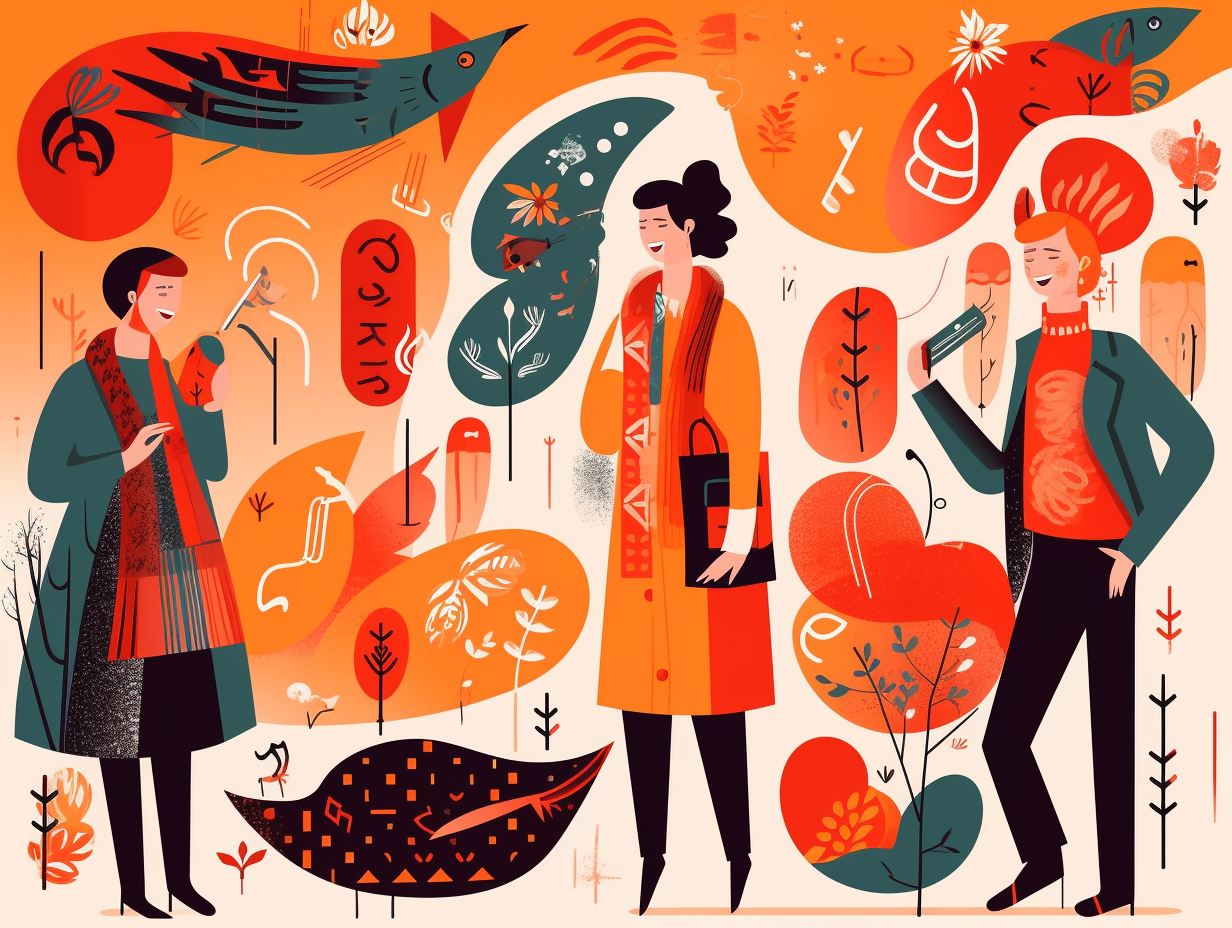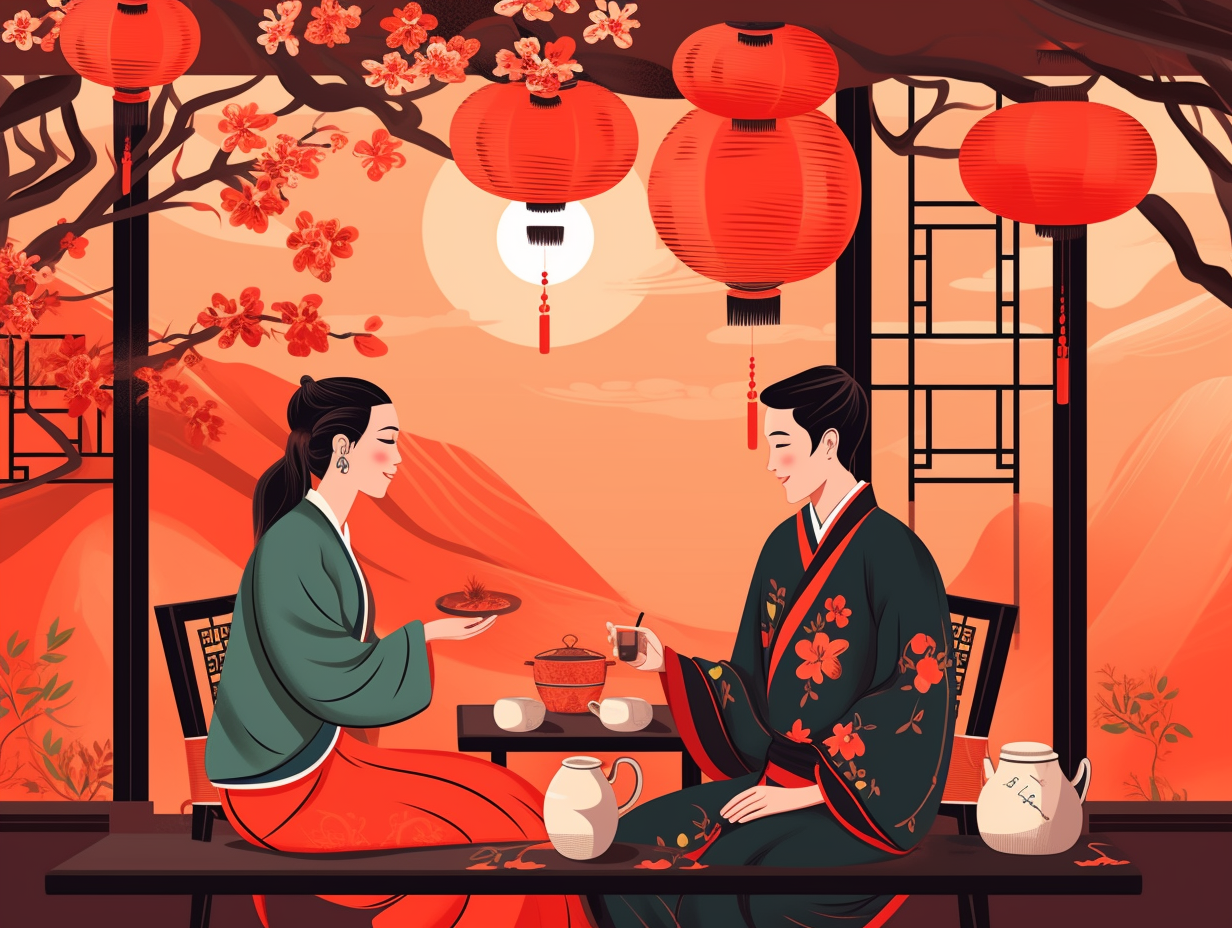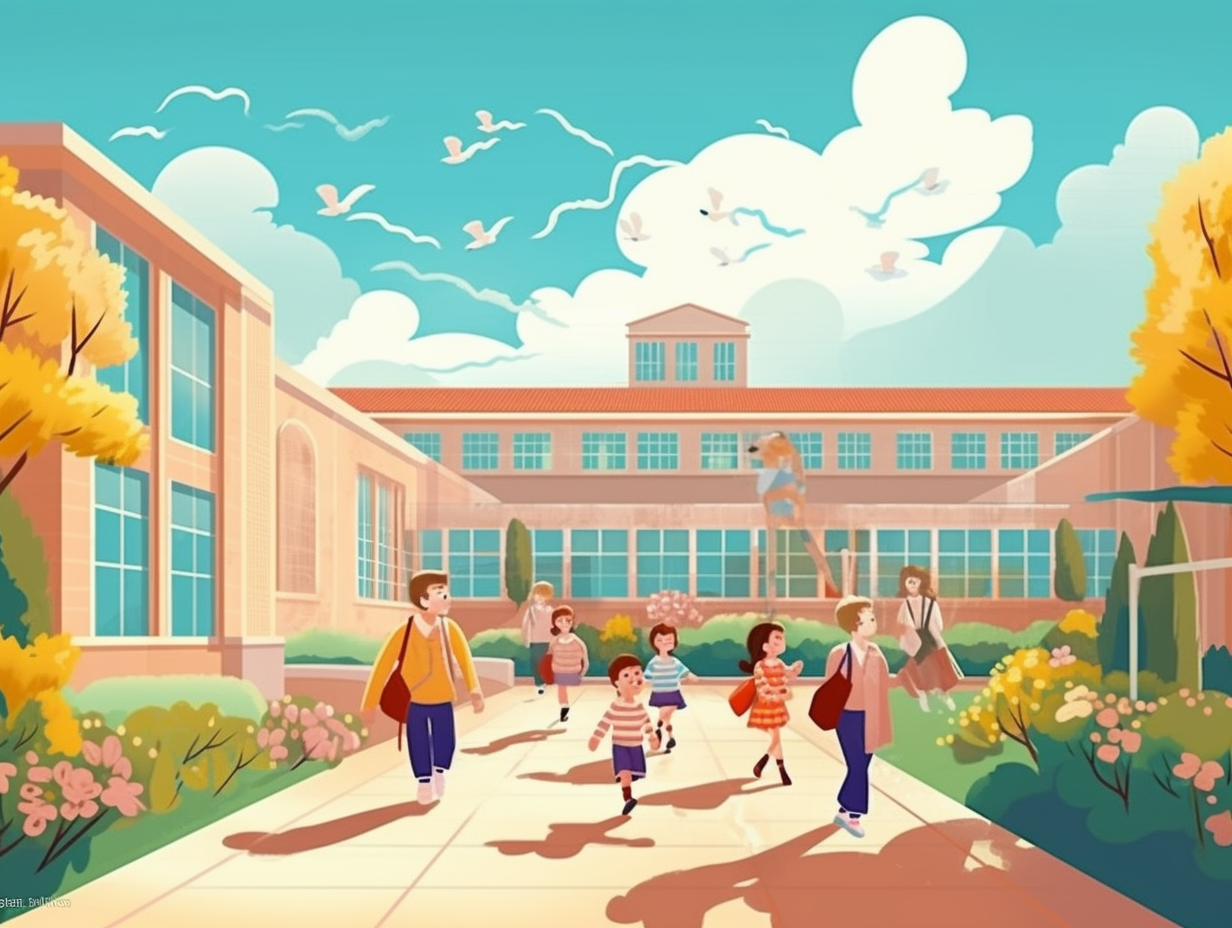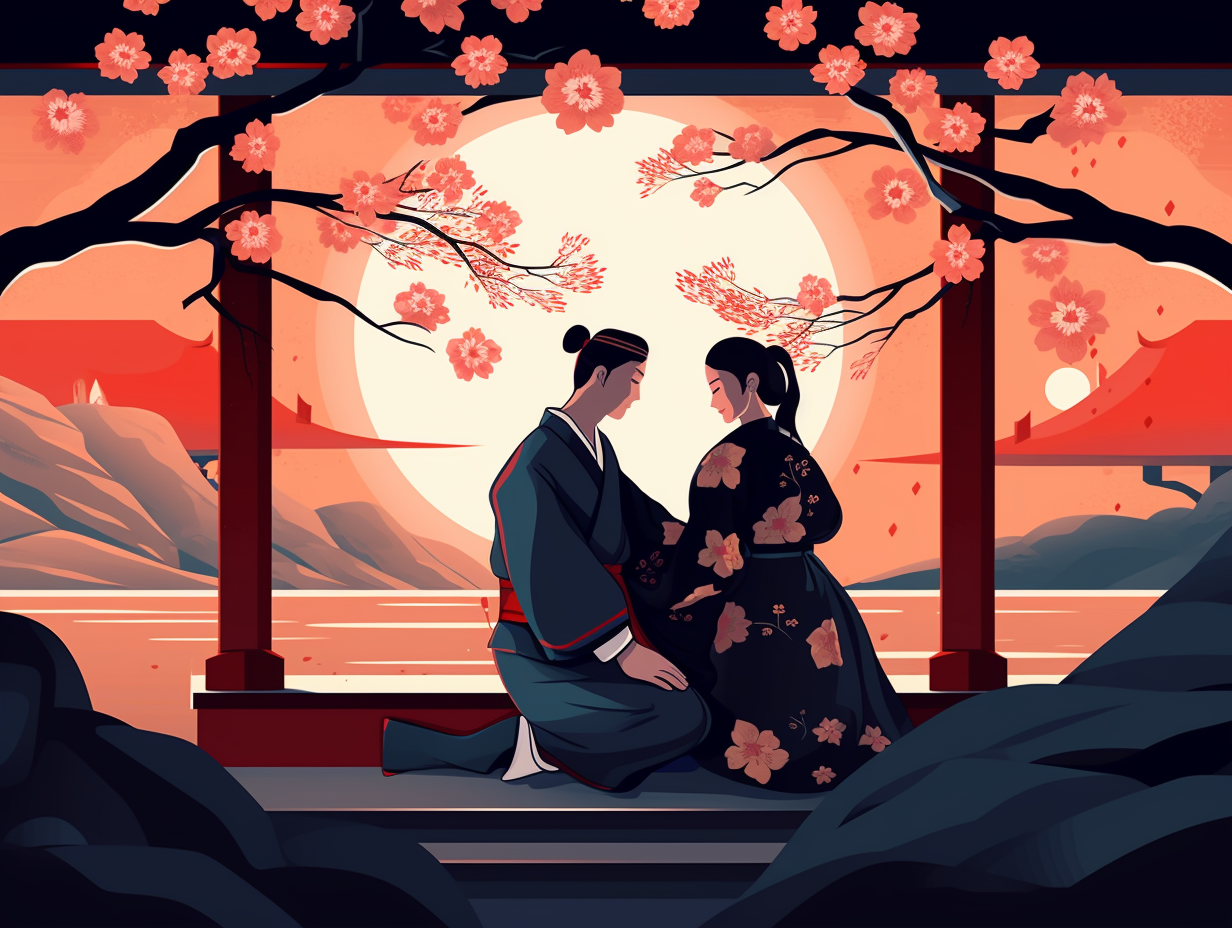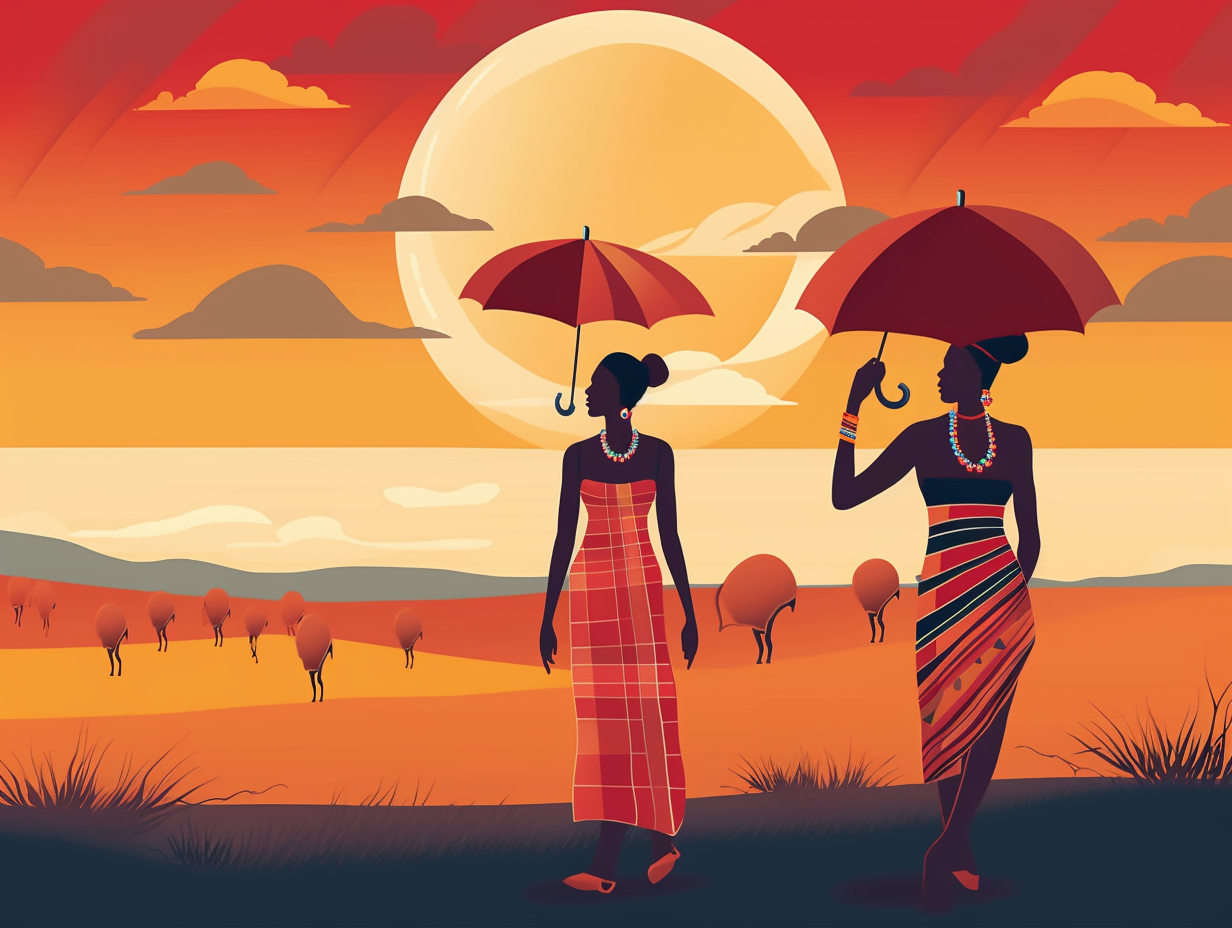Discover the Top 4 Enthralling Fun Facts About the Kwakiutl Culture
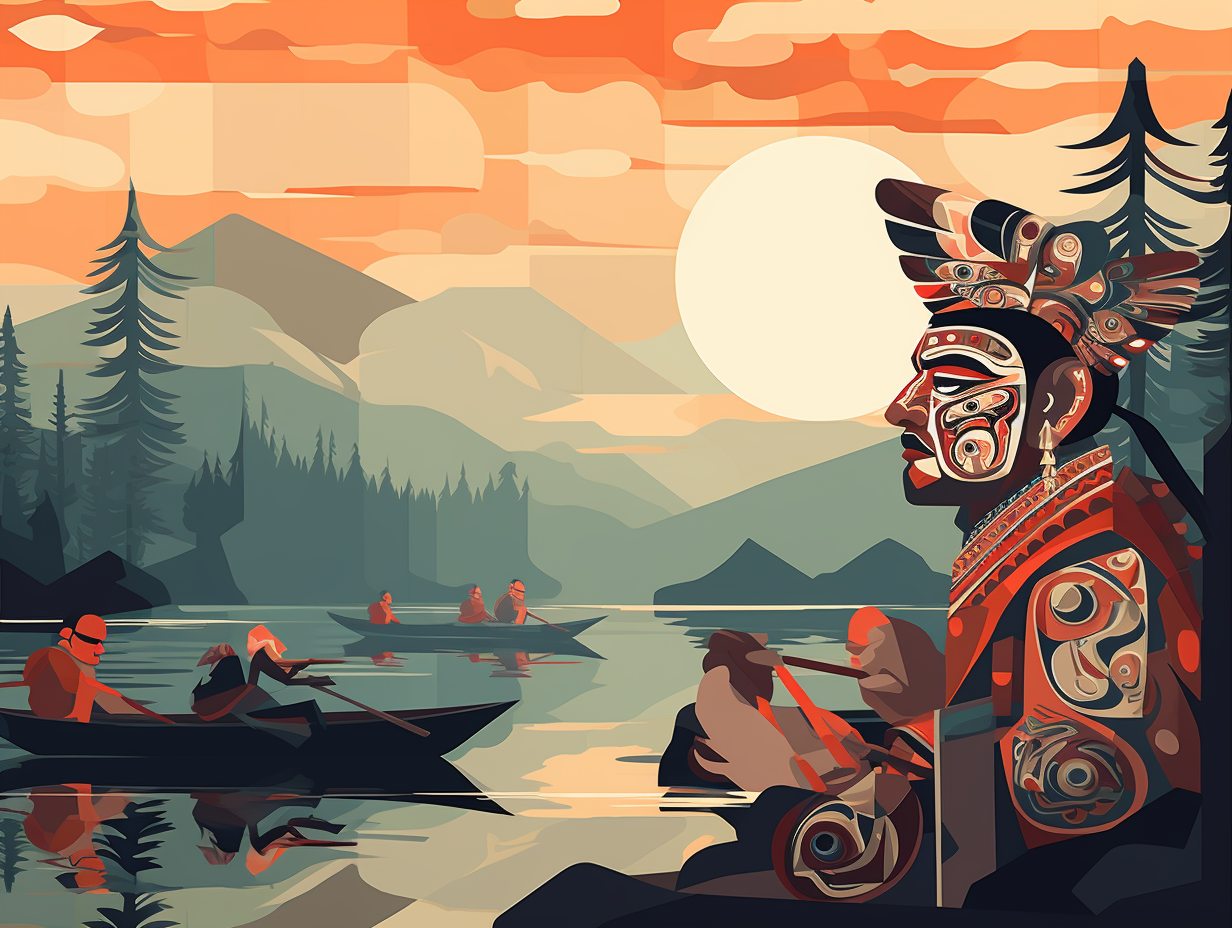
1. High-Fashion Viking Fisherfolk
Navigating the seas like high-fashion Viking fisherfolk, donning everything but designer labels: the Kwakiutl people were skilled hunters and fishermen who relied on the sea for sustenance, used cedar-log dugout canoes for transportation, and crafted practical yet chic cedar-bark clothing for daily and formal events.
Source => bigorrin.org
2. Lavish Potlatch Parties
Who needs gold when you can throw lavish parties to flex your wealth? Ah, the Kwakiutls knew what's up: They practiced potlatching, a cultural ceremony where giving away or destroying wealth demonstrated a leader's power and reaffirmed important family and community connections, often hosting them to mark coming-of-age rituals.
Source => en.wikipedia.org

Did you know the siesta tradition, inspired by Islamic Law, is still practiced in various countries to escape the hottest part of the day? Discover its evolving role in modern culture!
=> Fun Facts about Culture
3. Ancestral Masks > CGI
If the Kwakiutl people were ever to reboot Jim Carrey's 90s classic "The Mask," they'd skip the green rubbery CGI and opt for ancestral realness: The Kwakiutl tribe holds masks in high regard, as they represent ancestral spirits and supernatural beings, used in ceremonies and festivals. Today's artists employ modern tools and materials to create more dramatic and efficient representations that draw from historical masks while incorporating their own creative flair.
Source => mpm.edu
4. Kwakiutl Shape-Shifting Extravaganza
In a stunning plot twist worthy of a summer blockbuster, the Kwakiutl people have been low-key participating in a shape-shifting extravaganza that would give Marvel's X-Men a run for their money: On a more serious note, the Kwakiutl harbor a deep-rooted belief in the transformative potential of humans and animals, evident in their cultural practices and artwork, such as Richard Hunt's masterfully crafted Transformation mask used in traditional dances.
Source => artsmia.org

